Evergreen Winter Damage: What To Do For Cold Injury In Evergreens
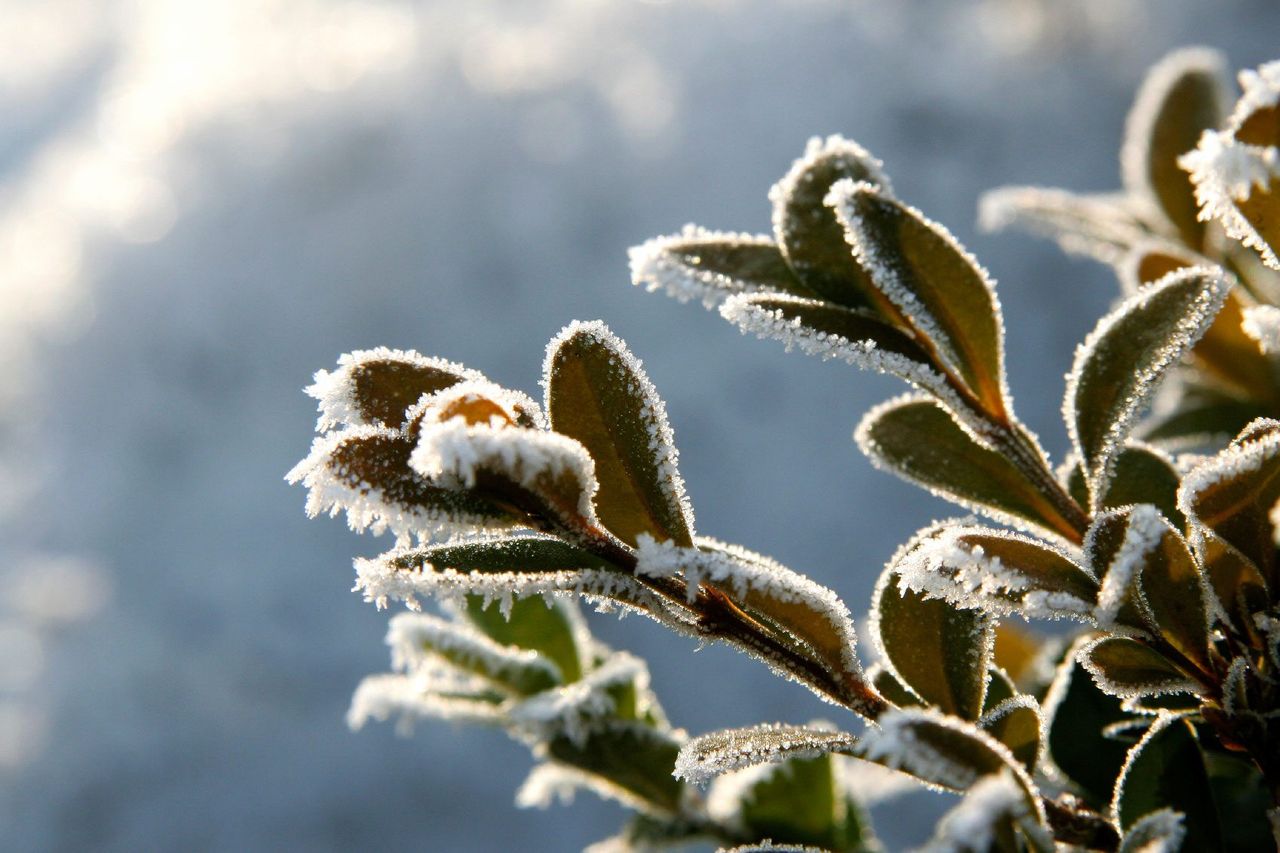

Evergreens are hardy plants that remain green and attractive even during the deepest depths of winter. However, even these tough guys can feel the effects of winter chill. The cold can leave evergreens looking bare and bedraggled, but unless the damage is substantial, cold injury in evergreens usually isn't deadly.
Winter Damage of Evergreen Shrubs
Winter burn occurs when evergreens dry out during the winter. This happens when moisture evaporates through the leaves or needles and the roots are unable to absorb water from the frozen ground. This is most common when evergreens are exposed to cold winds and periods of warm, sunny days. A winter-burned shrub displays dry leaves or needles that die and drop from the tree. However, the damage may not be apparent until the temperatures rise in spring, when growth turns reddish brown or yellow.
Treating Evergreen Winter Damage
Water winter-damaged evergreens thoroughly in spring, then keep an eye on the plants as they send out new growth. In time, the growth will probably fill in the bare spots. If the shrubs display dead branches or branch tips, cut the damaged growth back to about 1/4 inch (6 mm.) above a live bud.
Protecting Evergreens in Winter
Evergreens are more likely to withstand winter cold if the plants are well-watered throughout summer, fall, and early winter. Plants that suffer drought are weakened and more susceptible to damage. As a general rule, each evergreen should receive at least an inch (2.5 cm.) of water every week. Don't depend on a sprinkler to do the job. Use a soaker system or let a hose trickle at the base of the shrub so the water saturates the root zone. If the ground thaws during the winter, use the opportunity to give the plant a good soaking. A 3 to 6 inch (8-15 cm.) layer of mulch spread around the base of the shrub helps protect the roots and conserve soil moisture. Extend the mulch out at least to the dripline, the point where water drips from the tips of the outermost branches. A commercial anti-transpirant, which forms a protective layer on stems and leaves, is often a good investment, especially for young plants or susceptible trees/shrubs such as arborvitae, rhododendron, or boxwood.
Gardening tips, videos, info and more delivered right to your inbox!
Sign up for the Gardening Know How newsletter today and receive a free copy of our e-book "How to Grow Delicious Tomatoes".

A Credentialed Garden Writer, Mary H. Dyer was with Gardening Know How in the very beginning, publishing articles as early as 2007.
-
 Best Tomatoes For Containers: 10 Tastiest Varieties For Plentiful Produce In Compact Areas
Best Tomatoes For Containers: 10 Tastiest Varieties For Plentiful Produce In Compact AreasThese are the best tomatoes for containers that prove you don't need to have a large space or elaborate garden to grow delicious produce.
By Bonnie L. Grant
-
 Ultimate Potted Flowers For Spring: 8 Brilliant Blooming Options for Spring Containers
Ultimate Potted Flowers For Spring: 8 Brilliant Blooming Options for Spring ContainersCelebrate the most uplifting of seasons with the most dazzling container flowers imaginable. Here, we present some of the loveliest potted flowers for spring…
By Tonya Barnett
-
 Best Short Bushes For Erosion Control
Best Short Bushes For Erosion ControlErosion is a serious problem that can be solved with the right plants. Read about some low-growing shrubs that can help with erosion control.
By Bonnie L. Grant
-
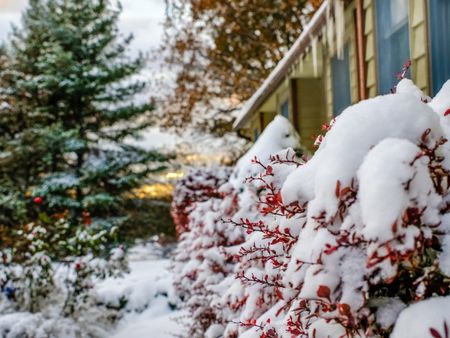 Super Hardy Shrubs And Trees For Northern Climates
Super Hardy Shrubs And Trees For Northern ClimatesWhat are the most cold hardy shrubs and trees for northern climates? Click here to find out.
By Teo Spengler
-
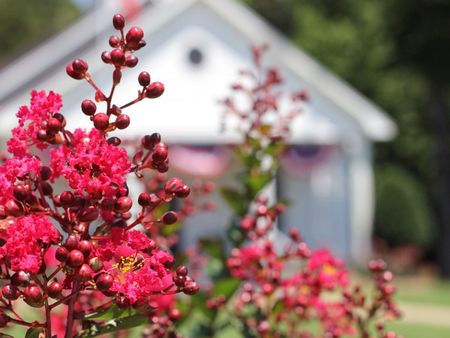 Flowering Shrubs That Like Full Sun And Heat
Flowering Shrubs That Like Full Sun And HeatSome types of flowering shrubs love full sun and summer heat. Read on for full sun shrub suggestions.
By Teo Spengler
-
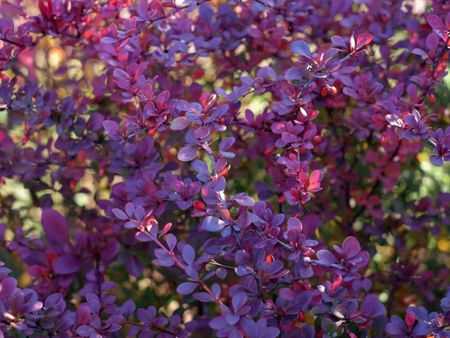 Types Of Shrubs With Purple Leaves
Types Of Shrubs With Purple LeavesIn a garden full of greens and pastels, many gardeners use purple bushes and shrubs for a touch of drama. Here are our favorites.
By Teo Spengler
-
 Flowering Shrubs That Are Deer Resistant
Flowering Shrubs That Are Deer ResistantThere is almost nothing a deer will not eat if it is hungry enough, but some plants are better than others. Read on for information on flowering deer resistant shrubs.
By Teo Spengler
-
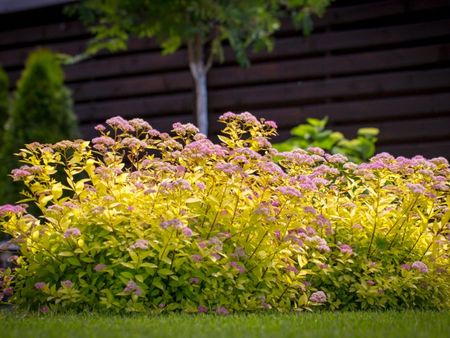 Blooming Invasive Bushes To Avoid
Blooming Invasive Bushes To AvoidWhen it comes to pretty flowers on honeysuckle, scotch broom, and butterfly bush, invasiveness hasn’t always mattered. Today, gardeners know better.
By Mary Ellen Ellis
-
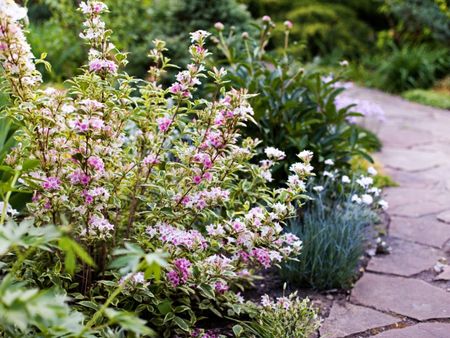 Easy To Care For Flowering Bushes
Easy To Care For Flowering BushesFlowering shrubs are a joy in the landscape, but many gardeners worry about maintenance. Read on for ideas on easy care flowering bushes.
By Teo Spengler
-
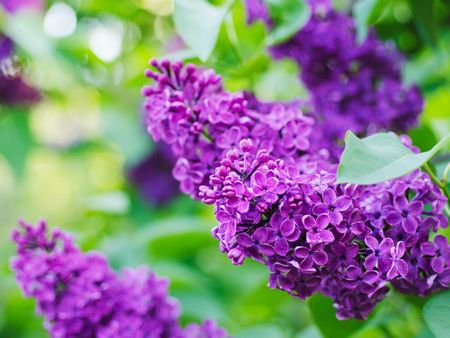 Pretty Purple Flowering Shrubs
Pretty Purple Flowering ShrubsAll flowering shrubs add interest and color to the garden, so why not pick purple? Here are our top recommendations.
By Teo Spengler